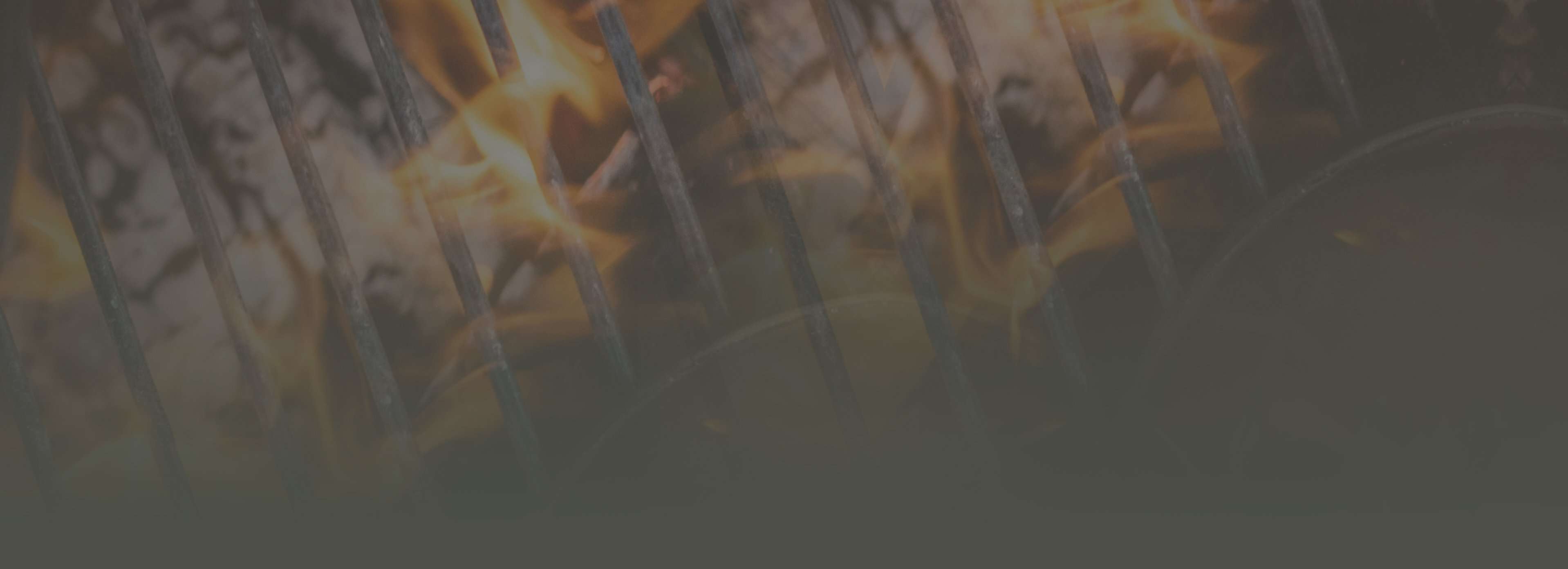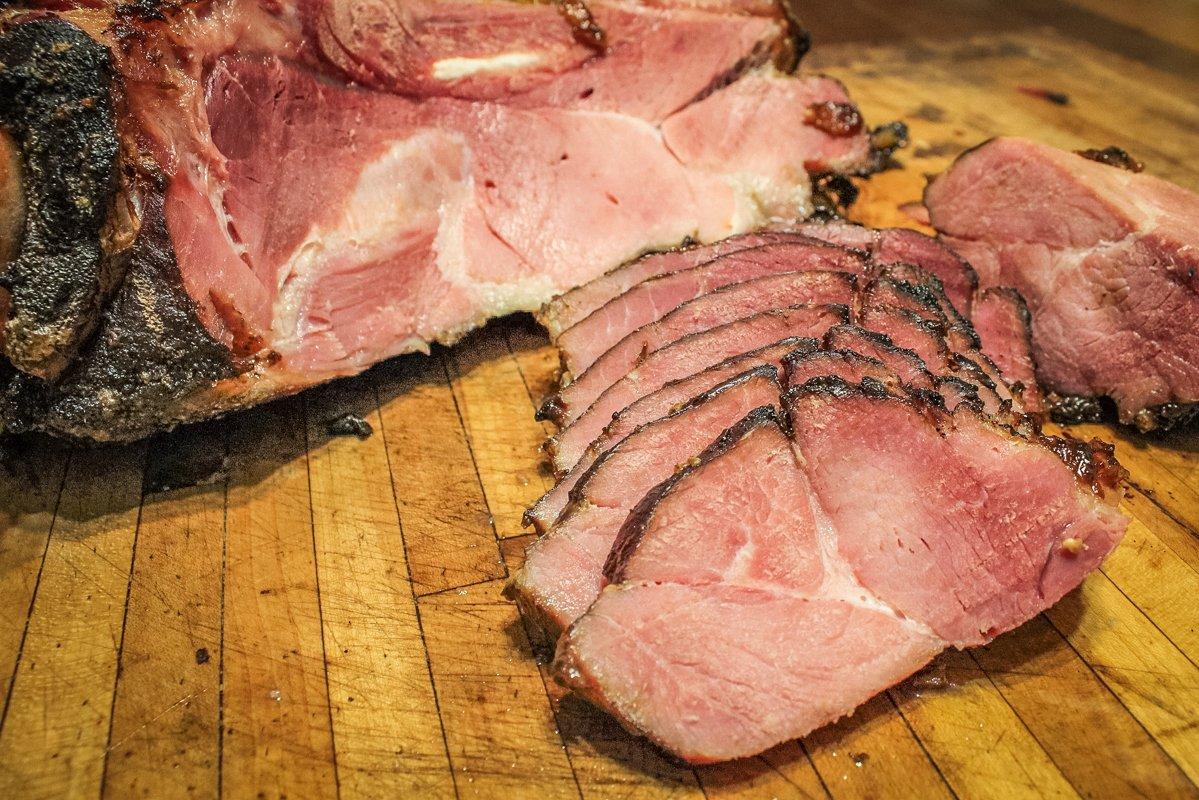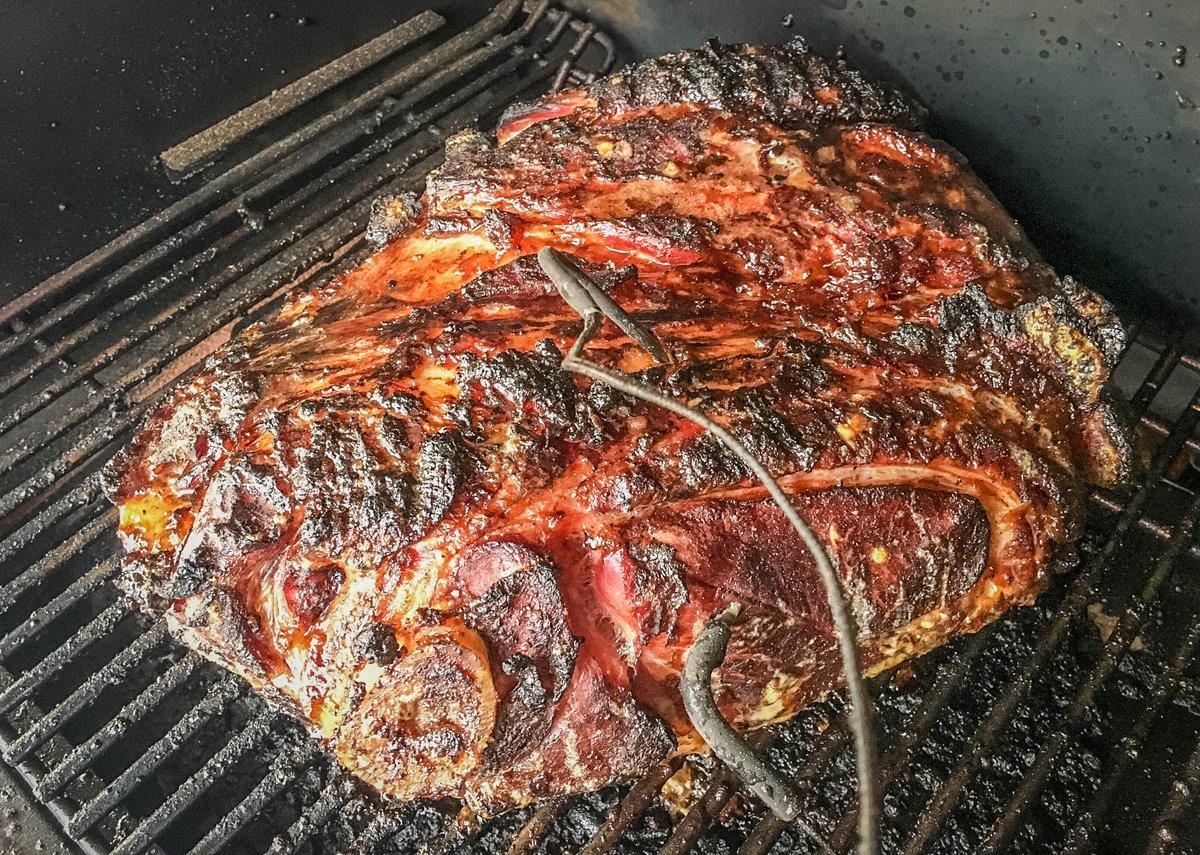Substitute this bear ham for pork in any recipe.
Brine Cured and Apricot Glazed Smoked Bear Ham Recipe
20 Min
Prep Time
420 Min
Cook Time
9-11
Servings
Medium
Difficulty
When people ask me about bear meat, I normally recommend they try it with any of their favorite pork recipes. A bear fattened on summer and fall's berries, nuts and acorns has a wonderfully rich and complex flavor.
This recipe uses Instacure #1, also known as Prague Powder, or pink curing salt as the curing agent. While most recipes call for 1 teaspoon of Instacure per 5 pounds of meat when blended into sausages or ground jerky, a wet brine uses more. I prefer 1 level tablespoon of Instacure per gallon of water in my wet brines.
Ingredients
1 12-15 pound bone-in bear shoulder or ham, or you can debone and roll the ham if you prefer a boneless cut.
Brine
5 gallons of water
4 cups of brown sugar
4 cups of kosher salt
5 tablespoons Instacure #1
2 tablespoons pickling spice blend
Glaze
1 cup apricot preserves
½ cup soy sauce
1 teaspoon smoked paprika
Cooking Instructions
Mix the cure ingredients in a large plastic or glass container. A food-grade five-gallon bucket works in a pinch. Trim most of the fat from the outside of the ham. A thick layer of fat slows down the intake of the curing brine.
Submerge the bear ham in the curing brine. Using a marinade injector, pump the ham full of the brine. Pay particular attention to the center of the ham and the areas along the bone. Inject the ham in several places. While you can't pump to much brine into the meat, you can definitely pump to little. I keep injecting the meat until I see brine push out of the injection holes around the probe as I pump more into the meat.
Allow the ham to remain in the brine for 10-14 days, turning once daily so that all of the ham is exposed equally. If your ham floats, use a glass bowl or container to weight it down so that it is fully submerged.
Once the ham has cured, remove it from the brine and rinse the surface with cold water. Place the ham on a wire rack in a large pan or directly on the refrigerator shelf overnight to allow the surface to dry and a pellicle to form.










